By Christopher Miskimon
Willi Fey served in a Tiger tank crew on the Eastern Front. During March 1944, a massive Soviet offensive struck the area his unit, the Waffen SS Division Das Reich, defended. The fighting became so desperate even the vaunted Tigers, generally used to blunt enemy armored assaults, had to be used to shore up the lines against enemy infantry attacks.
In the predawn darkness, Fey’s unit busily prepared for an attack of its own when the Russian attack began. Snow and ice covered the ground around the village the Germans occupied; a nearby Panzer IV skidded along the frozen road near Fey’s Tiger. As the Germans struggled to get their tanks lined up, Soviet artillery crashed down, the crack of explosions mixing with the hiss of shrapnel flying past.
Quickly, the veteran German tankers moved their vehicles out of the village, still forming up for what they thought would be their own attack movement. They advanced, but the Soviet artillery kept pace, moving with them, continuously falling on the panzers even as they moved. Fey heard the explosions outside his Tiger and listened as clumps of frozen earth and pieces of shrapnel struck the armor of his tank. As the sun slowly rose in the east, visibility became better. Suddenly Fey could see the attack his unit was making was futile. The lead tanks were already engaged, and the German infantry ahead abandoned their outposts and fighting positions, fleeing for their lives. Thousands of Soviet infantry lay in full view, charging toward the German line. Flares flew overhead as machine guns chattered thousands of bullets at the oncoming Red Army.
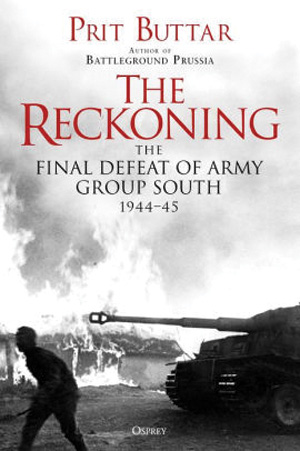 New orders came, sending three of the Tigers to a nearby railway station. The tank crews steered their panzers away from the rubble of the station, fearful of close combat against Soviet troops. As they moved into firing position, Fey saw thousands more enemy soldiers, coming in waves and interspersed with cannon and antitank guns drawn by teams of horses. The Tigers finally got into place and let loose with their machine guns, firing belt after belt of cartridges, tearing open new ammunition boxes to refill the empty weapons. The Soviets wore brown overcoats; Fey watched as rows of brown fell to the ground, either hit or taking cover from the murderous fire of the panzers. The gunners joined in, sending 88mm shells crashing into the enemy ranks. With each round, a cloud of dirt and snow flew into the air and more Soviets tumbled to the ground. To Fey’s dismay, it seemed every dead Russian was replaced by one or more living ones ready to continue the fight. Fey recalled the sound of the tank’s ventilator softly whirring, struggling to clear the air inside the vehicle of the choking fumes from the cannon and machine guns.
New orders came, sending three of the Tigers to a nearby railway station. The tank crews steered their panzers away from the rubble of the station, fearful of close combat against Soviet troops. As they moved into firing position, Fey saw thousands more enemy soldiers, coming in waves and interspersed with cannon and antitank guns drawn by teams of horses. The Tigers finally got into place and let loose with their machine guns, firing belt after belt of cartridges, tearing open new ammunition boxes to refill the empty weapons. The Soviets wore brown overcoats; Fey watched as rows of brown fell to the ground, either hit or taking cover from the murderous fire of the panzers. The gunners joined in, sending 88mm shells crashing into the enemy ranks. With each round, a cloud of dirt and snow flew into the air and more Soviets tumbled to the ground. To Fey’s dismay, it seemed every dead Russian was replaced by one or more living ones ready to continue the fight. Fey recalled the sound of the tank’s ventilator softly whirring, struggling to clear the air inside the vehicle of the choking fumes from the cannon and machine guns.
Time lost meaning as the rain of bullets striking the Tiger’s hull mixed with the sounds of more firing as the Soviets tried to use the ruined train station to get close. The three German tank crews supported each other to keep the enemy at bay. Eventually, the flood of Red Army troops slowed, then stopped, but the panzer men knew it was only a temporary reprieve. Another attack was inevitable. Willi Fey’s shocking experience would be repeated across the Eastern Front during 1944. It is just one account in The Reckoning: The Defeat of Army Group South, 1944 (Pritt Buttar, Osprey Publishing, Oxford, UK, 2020, 496 pp., maps, photographs, notes, bibliography, index, $35.00, hardcover).
This new work dives into the tragedy and horror of the Eastern Front as German Army Group South is decimated during 1944. The author is an established authority on the war in Eastern Europe, with numerous books to his credit. The book is meticulously researched, making the author’s assertions well supported, even when they go against prevailing attitudes about the war. Many of the Eastern Front’s stories have become near legends, mixing truth, lies and propaganda. The narrative strives, and succeeds, in bringing clarity to the reader. The book contains good maps and many interesting photographs that graphically reveal the grim nature of the fighting. The writing is clear and straightforward, allowing the reader to easily follow the events described. Germany’s defeat became clear and inevitable in 1944. This new work shows how the Soviet Union contributed to that growing certainty.
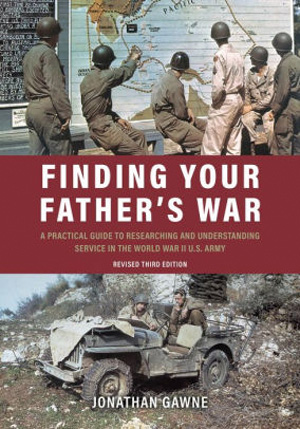 Finding Your Father’s War: A Practical Guide to Researching and Understanding Service in the World War II U.S. Army (Jonathan Gawne, Casemate Publishing, Havertown, PA, 2020, 396 pp., photographs, appendices, bibliography, $29.95, softcover)
Finding Your Father’s War: A Practical Guide to Researching and Understanding Service in the World War II U.S. Army (Jonathan Gawne, Casemate Publishing, Havertown, PA, 2020, 396 pp., photographs, appendices, bibliography, $29.95, softcover)
Many army veterans of World War II came home from their service and never spoke of what they had experienced. Some were simply eager to get on with their lives, while others wanted to forget the horrors of war. Now, almost all the war’s veterans are gone, and often their families are left without enough information to form a good idea of their ancestor’s time in the army. Most people today are unfamiliar with military service, and the army itself changes over time.
This book is a guide for genealogists, family members and historians seeking to learn more about the myriad details of army service during the war. It breaks down units, ranks, military occupational specialties, campaign and service ribbons, and many other minute facets of a soldier’s existence. There is also extensive background information on the war’s progress, providing context to the daily life of the soldier and larger war in which they struggled. This is particularly valuable as most soldiers, particularly the enlisted ranks, usually knew little about larger operational and strategic aims and knew only what they were told at the time. The author also gives tips on how to interpret military documents, such as orders and service records. The book is liberally illustrated and contains extensive appendices and a useful bibliography.
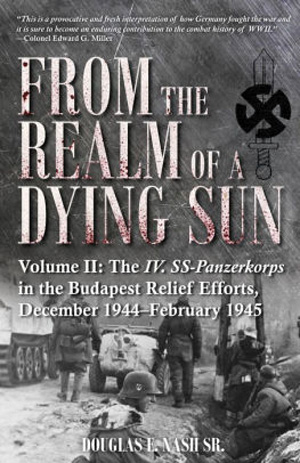 From the Realm of a Dying Sun: Volume II: The IV. SS-Panzerkorps in the Budapest Relief Efforts, December 1944 – February 1945 (Douglas E. Nash Sr., Casemate Publishers, Havertown, PA, 2020, 534 pp., maps, photographs, appendices, notes, bibliography, index, $$37.95, hardcover)
From the Realm of a Dying Sun: Volume II: The IV. SS-Panzerkorps in the Budapest Relief Efforts, December 1944 – February 1945 (Douglas E. Nash Sr., Casemate Publishers, Havertown, PA, 2020, 534 pp., maps, photographs, appendices, notes, bibliography, index, $$37.95, hardcover)
On Christmas Eve, 1944, the 35,000 soldiers of the IV. SS-Panzerkorps prepared to celebrate the holiday as best they could, given they were in the fifth year of a world war that was going badly for them. Composed of two SS Panzer divisions, the Totenkopf and Wiking, the corps encamped near the relatively quiet Vistula front, resting after five months of combat. However, that evening the corps commander received a telephone call with new orders. The next day, Christmas, his entire command would board trains and move to Hungary. The German forces in Budapest were surrounded and under siege from the advancing Soviets. The corps’ new mission was to relieve their trapped comrades. There would be three attempts to break through the enemy lines and into the city; the IV. SS-Panzerkorps would take part in all of them, bringing them to within a few kilometers of Budapest before the final effort was cancelled.
This is the second book of a planned trilogy on the IV. SS-Panzerkorps, a storied unit within the Waffen-SS. As with the author’s prior works, this work is meticulously researched and footnoted, backing every major detail with its factual source. There are good photographs and excellent maps, well placed to accompany the relevant text.
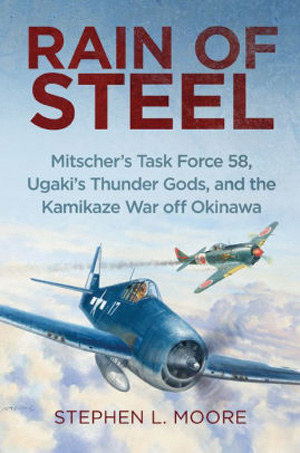 Rain of Steel: Mitscher’s Task Force 58, Ugaki’s War Gods, and the Kamikaze Thunder off Okinawa (Stephen L. Moore, Naval Institute Press, Annap-olis MD, 2020, 426 pp., maps, photographs, appendix, notes bibliography, index, $39.95, hardcover)
Rain of Steel: Mitscher’s Task Force 58, Ugaki’s War Gods, and the Kamikaze Thunder off Okinawa (Stephen L. Moore, Naval Institute Press, Annap-olis MD, 2020, 426 pp., maps, photographs, appendix, notes bibliography, index, $39.95, hardcover)
In 1945, the U.S. Navy’s Task Force 58 was the most powerful naval force on the planet. Under Admiral Marc Mitscher’s command, the force of carriers, battleships and escorts accrued an impressive string of successes in raids on Japanese-held islands and in battles at sea. In Japan, Admiral Matome Ugaki had no fleet to oppose Mitscher. What he did have were the remnants of Japan’s aircraft and some hastily trained, inexperienced pilots. He also had a handful of rocket-powered “Ohka” gliders, towed behind a bomber and released to attack enemy ships. The Japanese command assigned Ugaki the task of using these assets as kamikazes to make suicide attacks on the Allied navies and make the cost of victory too high for them to bear. “We have been pressed into a corner,” Ugaki wrote in early 1945, “and the rise and fall of the empire is now at stake.” The American sailors and pilots would meet their determined and suicidal Japanese counterparts in the waters around the island of Okinawa.
This account of the naval battle off Okinawa is told through the viewpoints of both admirals, as well as the pilots who flew for them. The book is thorough in its retelling of the events leading up to the Okinawa fighting and the backgrounds of the personalities used to build the narrative.
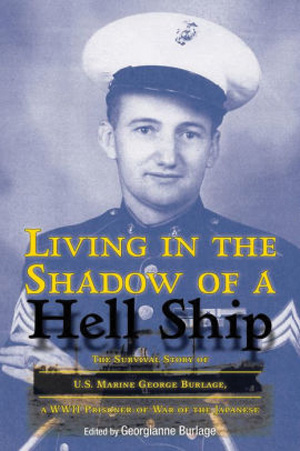 Living in the Shadow of a Hell Ship: The Survival Story of U.S. Marine George Burlage, a WWII Prisoner of War of the Japanese (Edited by Georgianne Burlage, University of North Texas Press, Denton, TX, 2020, 256 pp., maps, photographs, bibliography, index, $29.95, hardcover)
Living in the Shadow of a Hell Ship: The Survival Story of U.S. Marine George Burlage, a WWII Prisoner of War of the Japanese (Edited by Georgianne Burlage, University of North Texas Press, Denton, TX, 2020, 256 pp., maps, photographs, bibliography, index, $29.95, hardcover)
More than 85,000 U.S. troops surrendered at Corregidor in May 1942. Marine George Burlage was one of them. He began his ordeal at the Cabanatuan camp, where 50 men died every day. Trying to survive, he got a transfer to the island of Palawan, where prisoners labored to build an airfield. After two years building airfields at various places, the Japanese placed George aboard a freighter and sent him to Japan, a 38-day voyage in what George later called a “Hell Ship.” Assigned to the Mitsubishi company, he worked as a miner in northern Japan, conducting tiny acts of sabotage when he could. When liberated in September 1945, he weighed half what he had before the war, but he survived despite the torture and starvation inflicted upon him.
George worked as a journalist after the war and wrote about his experiences. After he passed away in 2008, his daughter Georgianne, a teacher, discovered his writings, edited them with added historical material to provide context, and published this memoir. It is a gripping firsthand account of the horrible life and treatment of a prisoner of war under Imperial Japan.
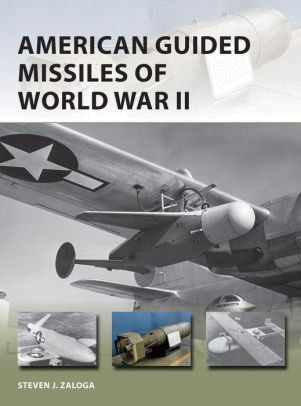 American Guided Missiles of World War II (Steven J. Zaloga, Osprey Publishing, Oxford, UK, 2020, 48 pp., maps, photographs, bibliography, index, $19.00, softcover)
American Guided Missiles of World War II (Steven J. Zaloga, Osprey Publishing, Oxford, UK, 2020, 48 pp., maps, photographs, bibliography, index, $19.00, softcover)
On December 27, 1944, the United States took another step toward the precision-guided weapons so common today. A group of B-24J bombers approached the Japanese-held bridge over the Sittang River, part of the Rangoon–Mandalay railway line. So far, this bridge had remained intact despite repeated attacks against it. This day, the B-24s used a new weapon: the VB-1 “Azon,” using a new radio-control assembly on the weapon’s tail. As the 1,000-pound bombs coasted toward their target, the bomber maintained a straight course as the bombardier guided the weapon using a remote-control system. A trail of colored smoke followed each VB-1; the tailfin had a flare inserted into the assembly to help the bombardier track the weapon and make corrections. Though not all the new guided weapons hit the bridge, nine did, dropping one entire span and damaging another. More such attacks followed this impressive result, and by March 1945, a total of 482 Azons had dropped 23 bridges in the China-Burma-India theater, seriously damaging Japanese logistics capabilities. The Air Corps estimated the VB-1 was 10 times more effective than standard bombs against bridges.
Nazi Germany’s rockets, missiles and guided bombs are the most famous of World War II, but the United States built and deployed a number of its own. This new work provides a brief but thorough introduction to these weapons and how they were employed in the European, Mediterranean and Pacific theaters. The book is well-illustrated with several original pieces of artwork and has the author’s usual eye for useful detail.
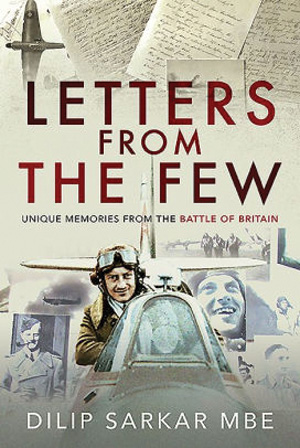 Letters from the Few: Unique Memories from the Battle of Britain (Dilip Sarkar MBE, Air World Press, South Yorkshire, UK, 2020, 307 pp., photographs, bibliography, index, $42.95, hardcover)
Letters from the Few: Unique Memories from the Battle of Britain (Dilip Sarkar MBE, Air World Press, South Yorkshire, UK, 2020, 307 pp., photographs, bibliography, index, $42.95, hardcover)
On February 3, 1940, a German Heinkel He-111 bomber took off from Schleswig to hunt British shipping. British radar picked up the plane just after 9 am and scrambled a trio of Hurricane fighters to intercept. Leading the British flight was Flight Lieutenant Peter Townsend, who years later became involved in a marriage scandal with the royal family’s Princess Margaret. The three planes spread out in a search formation, line abreast, looking for the enemy plane, which they believed about to attack a merchant ship. Suddenly, Townsend spotted the He-111, just below some clouds. The three Hurricanes raced for their target. Townsend waited until the bomber filled his sights and then opened fire. That burst of fire killed the German plane’s observer, Peter Leushake, and mortally wounded the flight engineer, Johann Meyer. The tail gunner, Karl Missy, returned fire but was also wounded. The He-111 crash-landed near the town of Whitby, the first German plane to go down over England since 1918. Townsend visited Missy the next day and took him cigarettes.
The author collected the experiences of 26 Allied pilots who served during the Battle of Britain and combined them into this new work. Each chapter covers a different person using their own letters and statements to relay their part of the battle. The book is well-illustrated with a readable narrative.
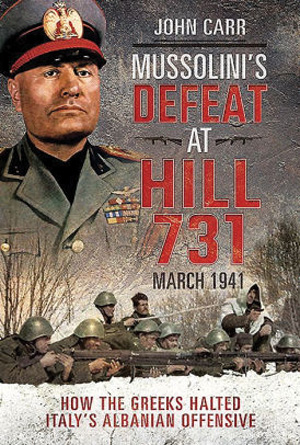 Mussolini’s Defeat at Hill 731 March 1941: How the Greeks Halted Italy’s Albanian Offensive (John Carr, Pen and Sword Books, South Yorkshire, UK, 2020, 219 pp., maps, photographs, bibliography, index, $34.95, hardcover)
Mussolini’s Defeat at Hill 731 March 1941: How the Greeks Halted Italy’s Albanian Offensive (John Carr, Pen and Sword Books, South Yorkshire, UK, 2020, 219 pp., maps, photographs, bibliography, index, $34.95, hardcover)
Italy invaded Albania in March 1941; Italian dictator Benito Mussolini wanted a victory to impress his German allies, who’d so far proved the senior partner in the Axis. Hill 731 was the hardest-fought battle of that conflict. It dominated two parallel valleys the Italians needed to take for further operations. The Greek 1st Division defended the hill with two other divisions on its flanks. The Italians began their attack with a heavy artillery barrage, which lowered the hill’s height by five meters. Afterward the Italian Eighth Corps assaulted the hill in a battle lasting 17 days, in which they were bloodily repulsed time and again by the Greek defenders. The battle proved a debacle for the Italians and likely delayed the Axis invasion of the Soviet Union due to the need for the Germans to eliminate the Greek threat to their southern flank.
The Battle of Hill 731 ranks with some of the most famous stands in military history, but few know about it today, as the failed Italian invasion of Greece and Albania has become a mere footnote in the annals of World War II. This book repairs that oversight with a beautifully written account of the bravery and sacrifice of the Greek army as well as that of the Italians set against it. The book has good maps and an excellent narrative of the action.
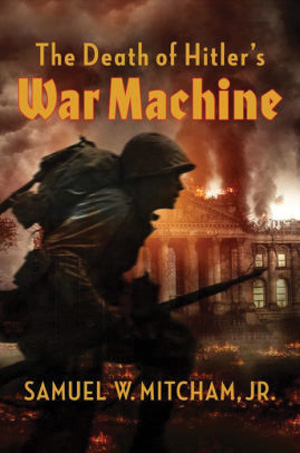 The Death of Hitler’s War Machine (Samuel W. Mitcham Jr., Regnery History, Washington, D.C., 2021, 320 pp., maps, photographs, appendices, bibliography, $29.99, hardcover)
The Death of Hitler’s War Machine (Samuel W. Mitcham Jr., Regnery History, Washington, D.C., 2021, 320 pp., maps, photographs, appendices, bibliography, $29.99, hardcover)
The Third Reich ended in fire, a slow-burning conflagration that left Germany in ashes. The last five months of World War II were little but a useless waste of lives; Germany should have surrendered and ended the carnage, but it did not. Hitler, whose hold on the nation was firmer than his hold on reality, refused to concede an inch of ground. This meant the Wehrmacht was slowly ground into destruction both east and west, everywhere from the Ardennes to Budapest.
The author uses a large number of German sources to reveal how the war ended from their perspective. He vividly describes how the Nazi high command juggled its waning resources to stave off defeat on two fronts. Maps, photographs, and tables accompany the text to explain these futile efforts to the reader.
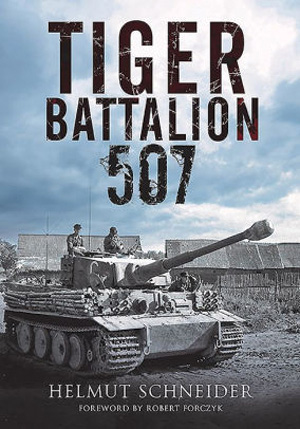 Tiger Battalion 507 (Edited by Helmut Schneider, Greenhill Books, South Yorkshire, UK, 2020, 274 pp., maps, photographs, bibliography, $32.95, hardcover)
Tiger Battalion 507 (Edited by Helmut Schneider, Greenhill Books, South Yorkshire, UK, 2020, 274 pp., maps, photographs, bibliography, $32.95, hardcover)
Germany’s Tiger tank forces were mostly organized into heavy tank battalions. Often, they were formed as Corps-level assets and were attached to divisions as needed to augment their combat power for specific operations. The 507th came into existence in October 1943 and served through the rest of the war until it ceased to exist in April 1945 with the end of the fighting. It went to the Eastern Front in March 1944, deploying straight from the railroad cars that had transported it to the battlefield at Tarnopol. What was left of the battalion went to Paderborn to refit with the new King Tiger in February 1945, but that effort was interrupted by the arrival of the U.S. Army. The available troops took part in the last defense of that town before surrendering.
Veterans of the unit put together this account of their battalion, edited by one of their members. It uses their memories, unit diaries and official records to create the narrative. Many contributed their personal photographs to accompany the official ones, bringing vivid life to the work. The book is full of interesting anecdotes highlighting the battalion’s combat experience.
Short Bursts
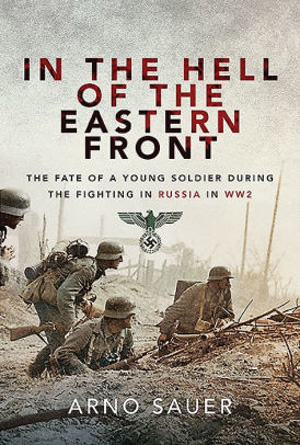 In the Hell of the Eastern Front: The Fate of a Young Soldier During the Fighting in Russia in WW2 (Arno Sauer, Frontline Books, 2020, $32.95, hardcover) The author served the German army from 1942 to 1945. This memoir covers his time fighting on the Eastern Front, including his capture and repatriation to Germany.
In the Hell of the Eastern Front: The Fate of a Young Soldier During the Fighting in Russia in WW2 (Arno Sauer, Frontline Books, 2020, $32.95, hardcover) The author served the German army from 1942 to 1945. This memoir covers his time fighting on the Eastern Front, including his capture and repatriation to Germany.
Tribute to A Generation: Haydn Williams and the Building of the World War II Memorial (David F. Winkler, Naval Institute Press, 2020, $34.95, hardcover) The World War II memorial in Washington, D.C., might not exist without the efforts of Haydn Williams. This book reveals the efforts made to create America’s tribute to its veterans of history’s greatest conflict.
The Second World War Illustrated: The First Year (Jack Holroyd, Pen and Sword Books, 2020, $32.95, softcover) This is the first in a series featuring photographs from each year of the war. This initial volume covers the period to September 1940.
Hell in the Central Pacific: The Palau Islands 1944 (Jon Diamond, Pen and Sword Books, 2020, $24.95, softcover) The latest book in the Images of War series, this edition includes hundreds of photographs of U.S. Army and Marine troops in action.
Tiger I and II Tanks: German Army and Waffen SS, Normandy Campaign 1944 (Dennis Oliver, Pen and Sword Books, 2020, 22.95, softcover) Aimed at military modelers, this book covers the history of the Tiger tank units, along with tips for making scale models of the vehicles.
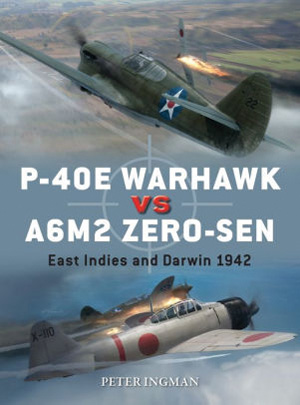 P-40E Warhawk vs A6M2 Zero-Sen: East Indies and Darwin 1942 (Peter Ingman, Osprey Publishing, 2020, $22.00, softcover) In early 1942, the air war in the Pacific theater pitted these two aircraft and their pilots against each other. This book covers the technical and tactical details of the planes and their encounters.
P-40E Warhawk vs A6M2 Zero-Sen: East Indies and Darwin 1942 (Peter Ingman, Osprey Publishing, 2020, $22.00, softcover) In early 1942, the air war in the Pacific theater pitted these two aircraft and their pilots against each other. This book covers the technical and tactical details of the planes and their encounters.
Jayhawk: Love, Loss, Liberation and Terror over the Pacific (Jay Stout, Casemate Publishing, 2020, $34.95, hardcover) George Cooper flew B-25 bombers in the Pacific War. This memoir recounts his experiences and missions in such places as Rabaul and Wewak.
The Nazi’s Granddaughter: How I discovered my Grandfather was a War Criminal (Silvia Foti, Regnery history, 2020, $26.99. hardcover) Many considered Lithuanian Jonas Nereika a war hero, and his granddaughter set out to write a book about him. Her research led to her discovery he was instead a war criminal who took part in the persecution of the Jews during the war
Helping Stop Hitler’s Luftwaffe: The Memoirs of a Pilot involved in the Development of Radar interception, Vital in the Battle of Britain (Air Marshal Sir Arthur MacDonald, Air World, 2020, $34.95, hardcover) Arthur MacDonald flew test missions to help the Royal Air Force perfect the techniques of fighter interception used in the Battle of Britain.
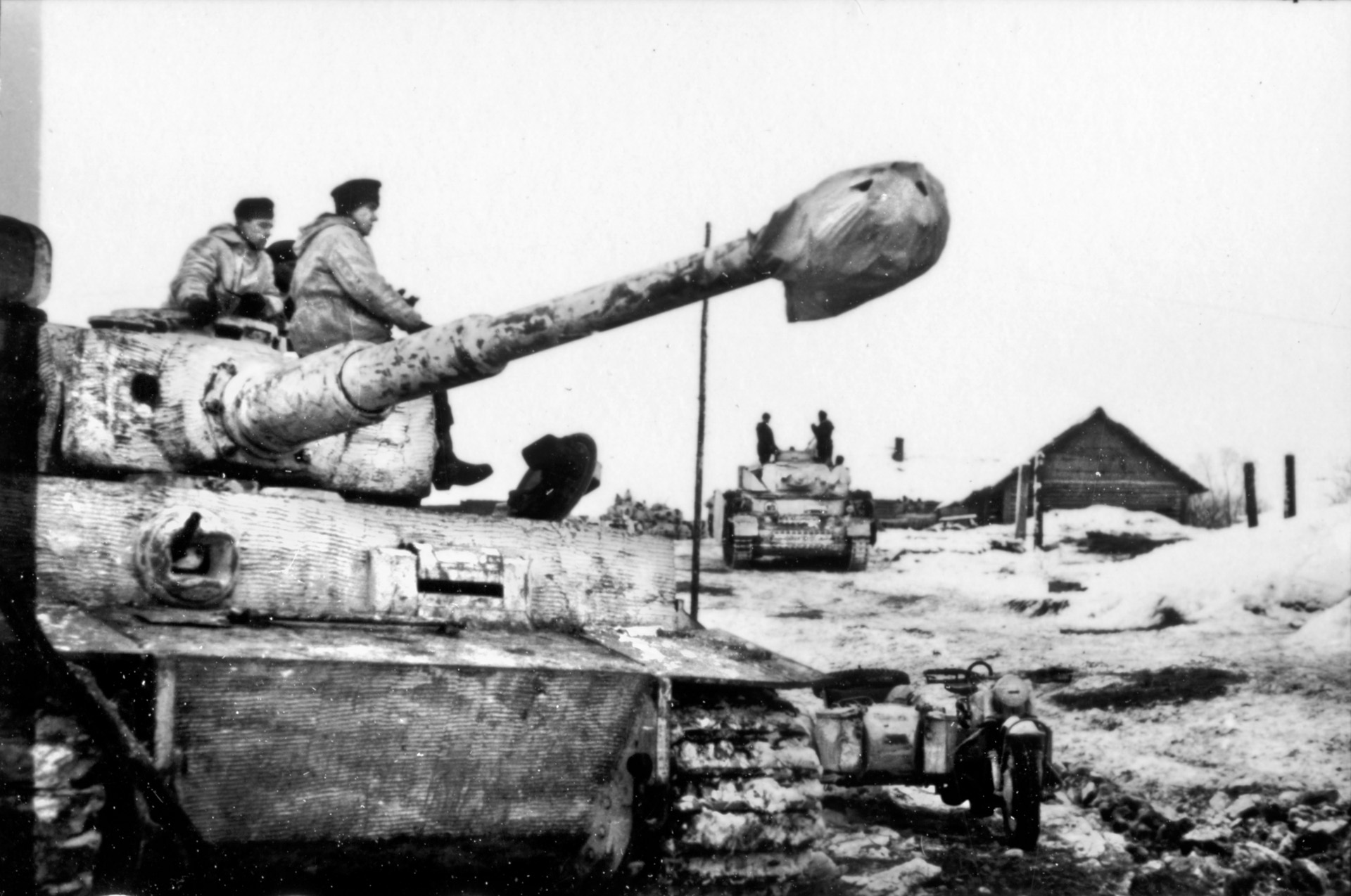
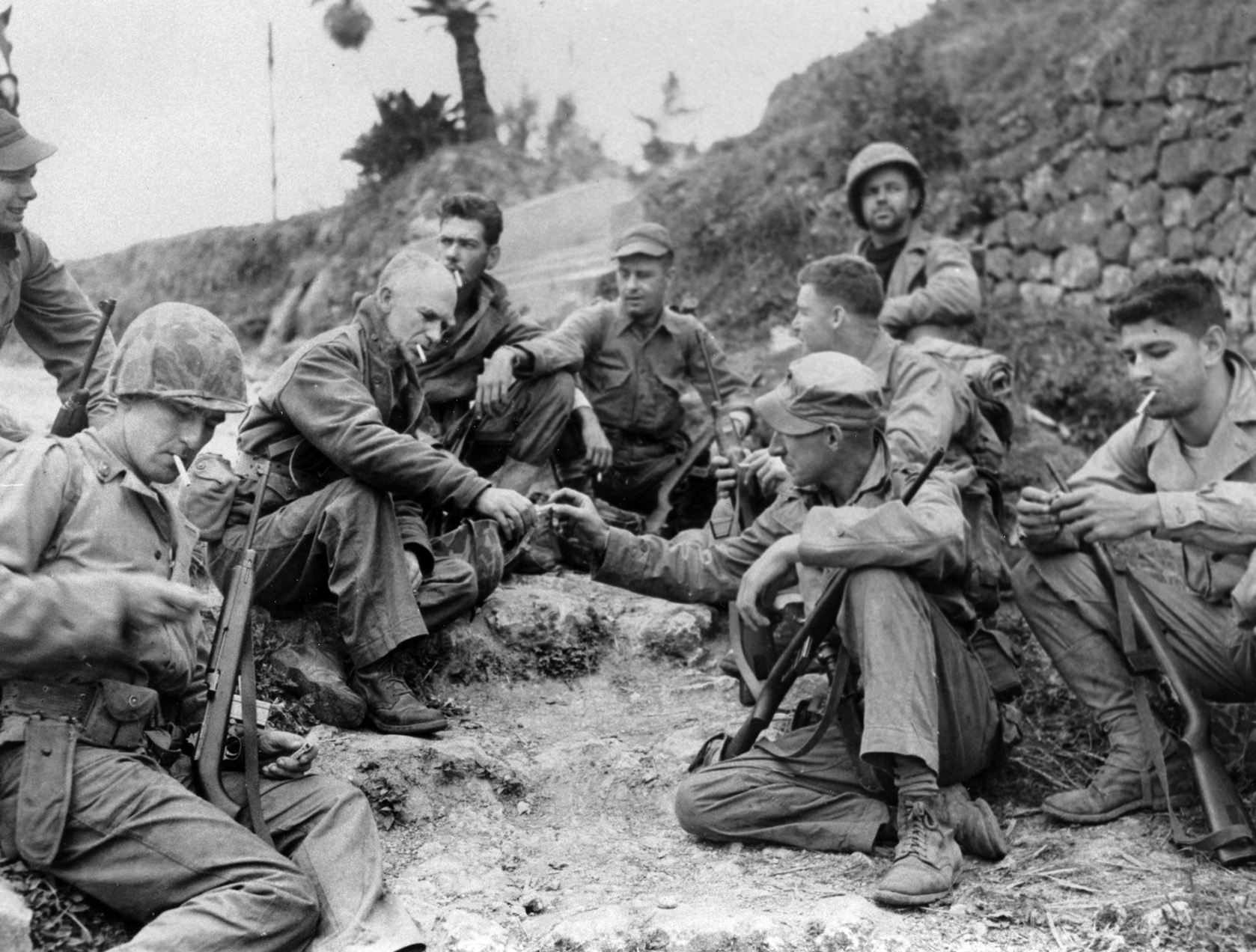
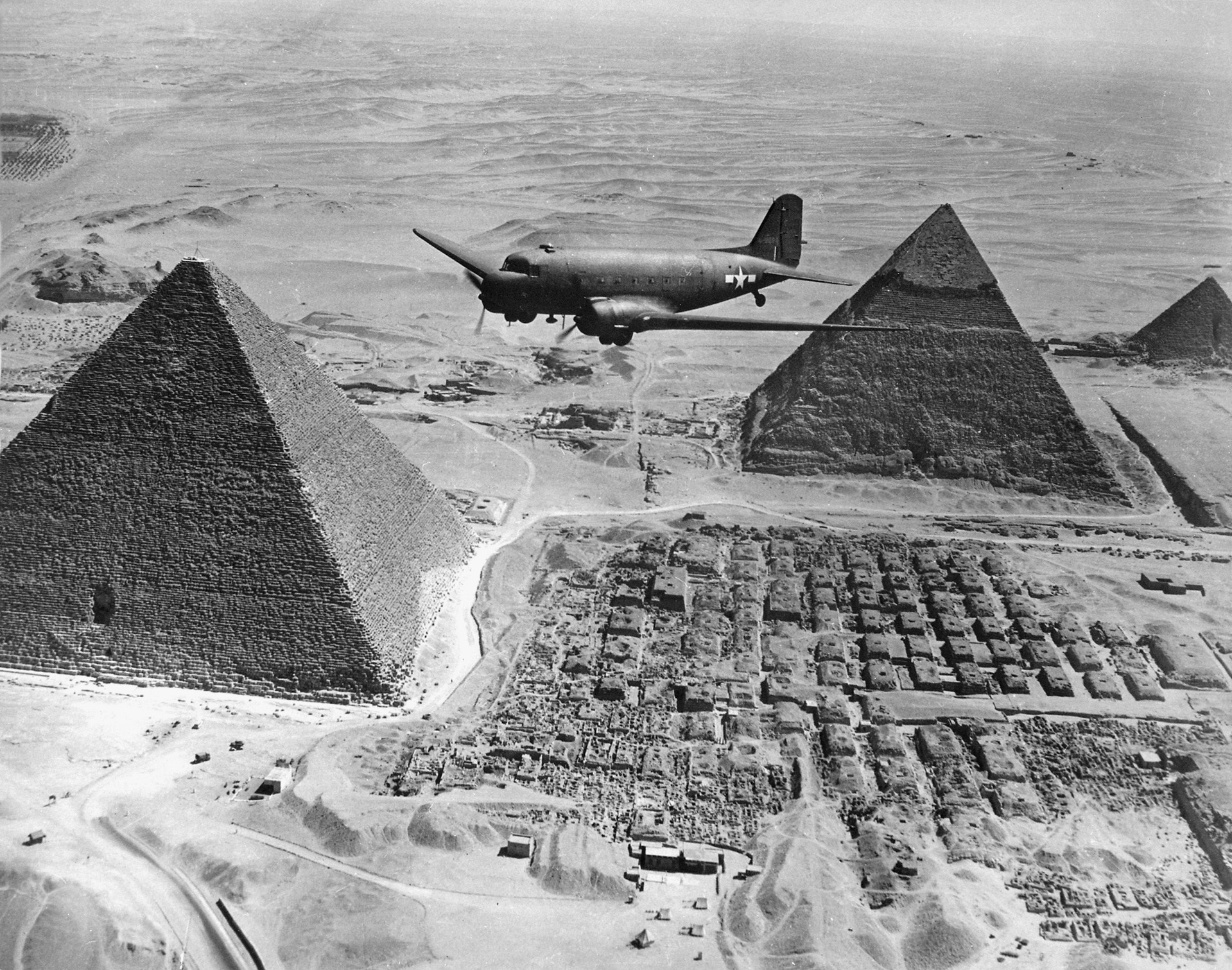
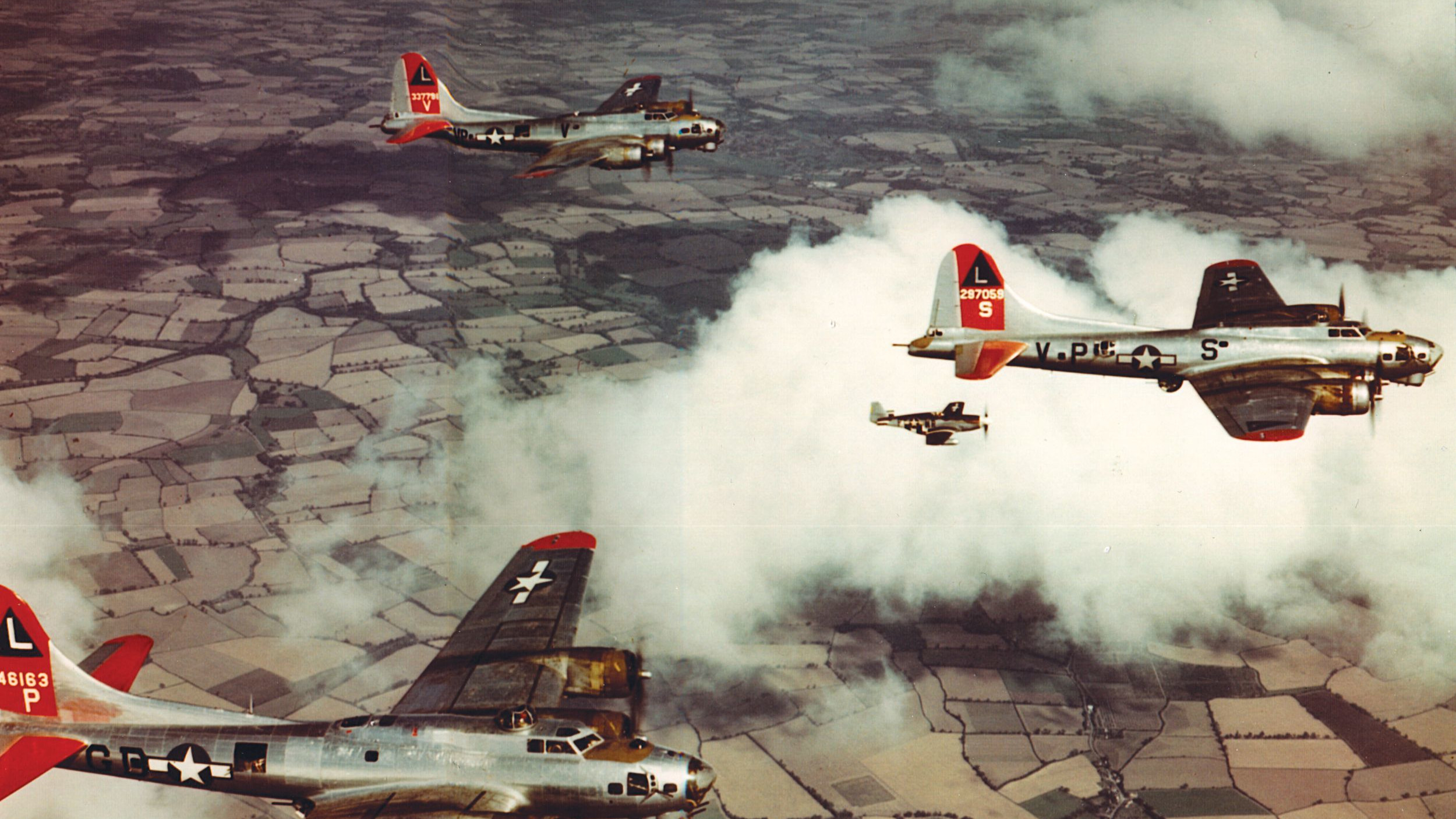
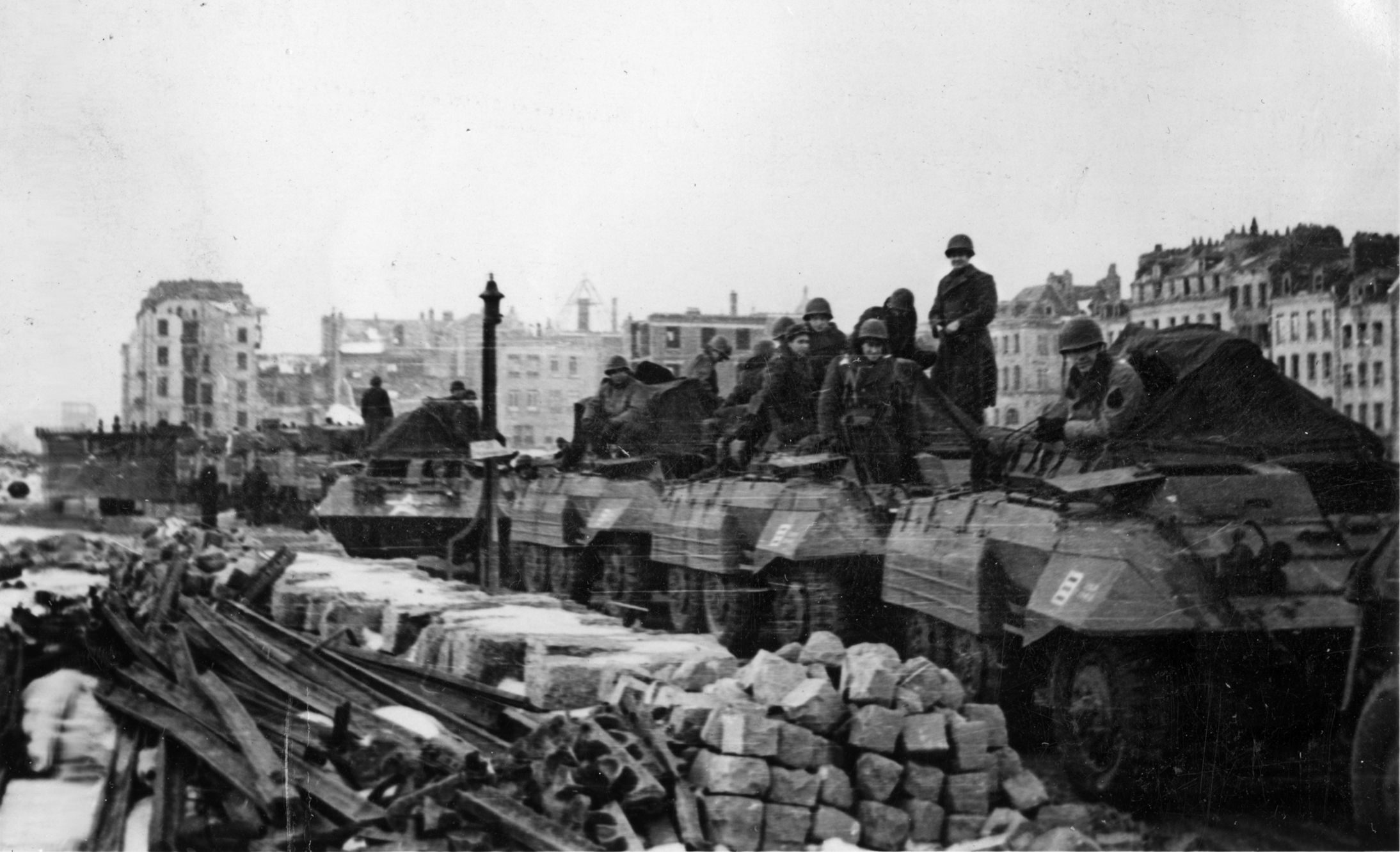
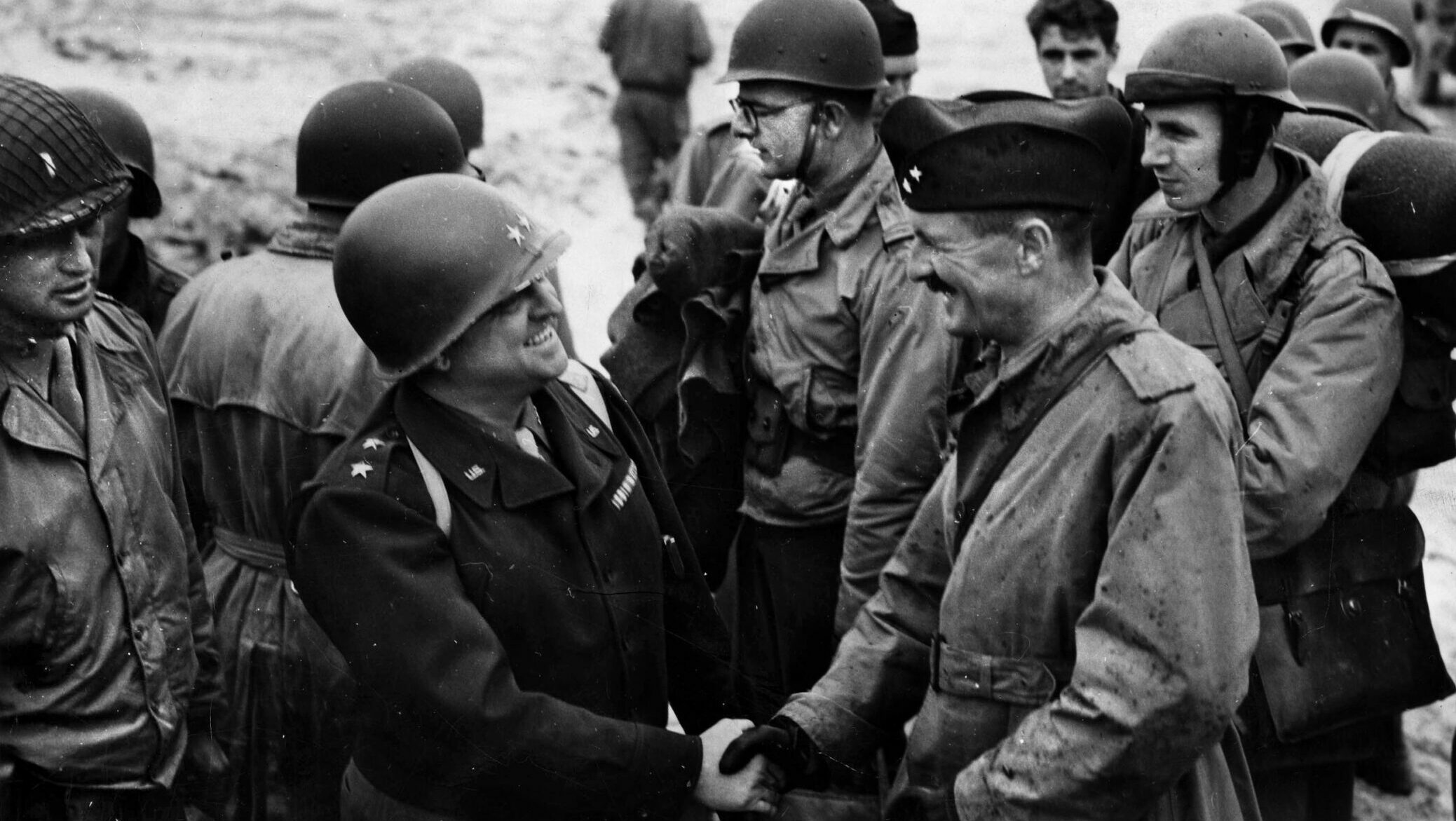
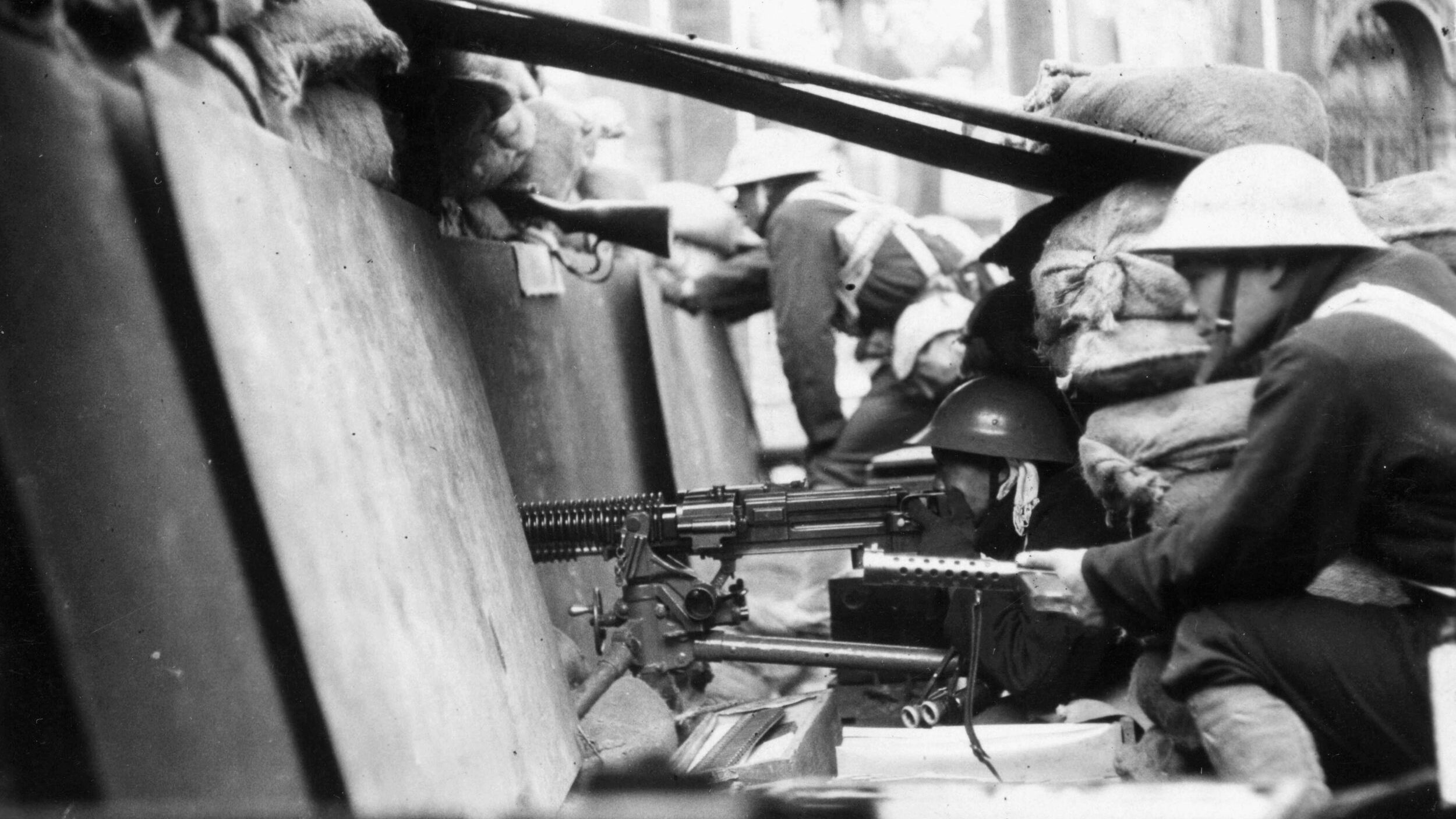
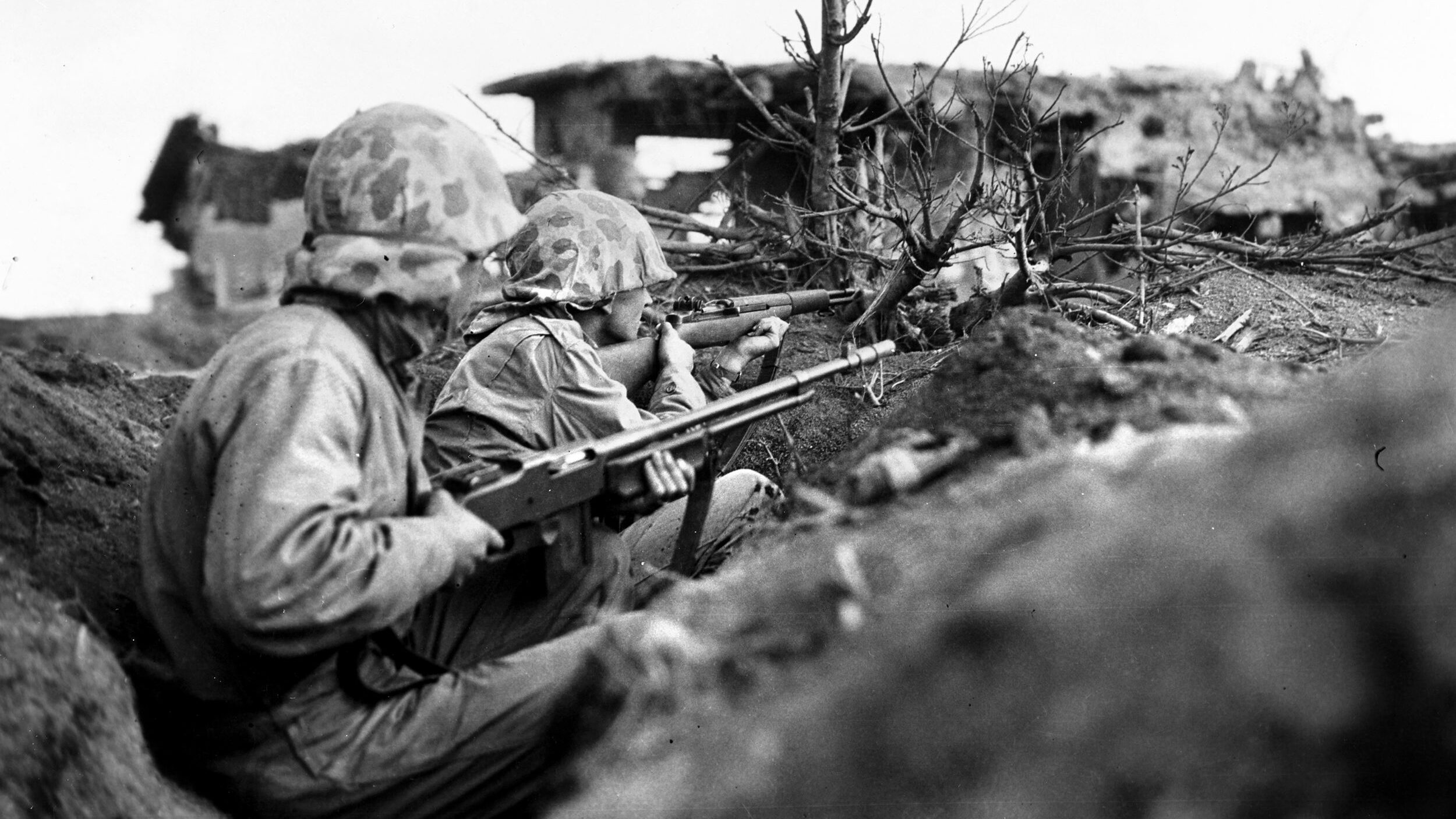
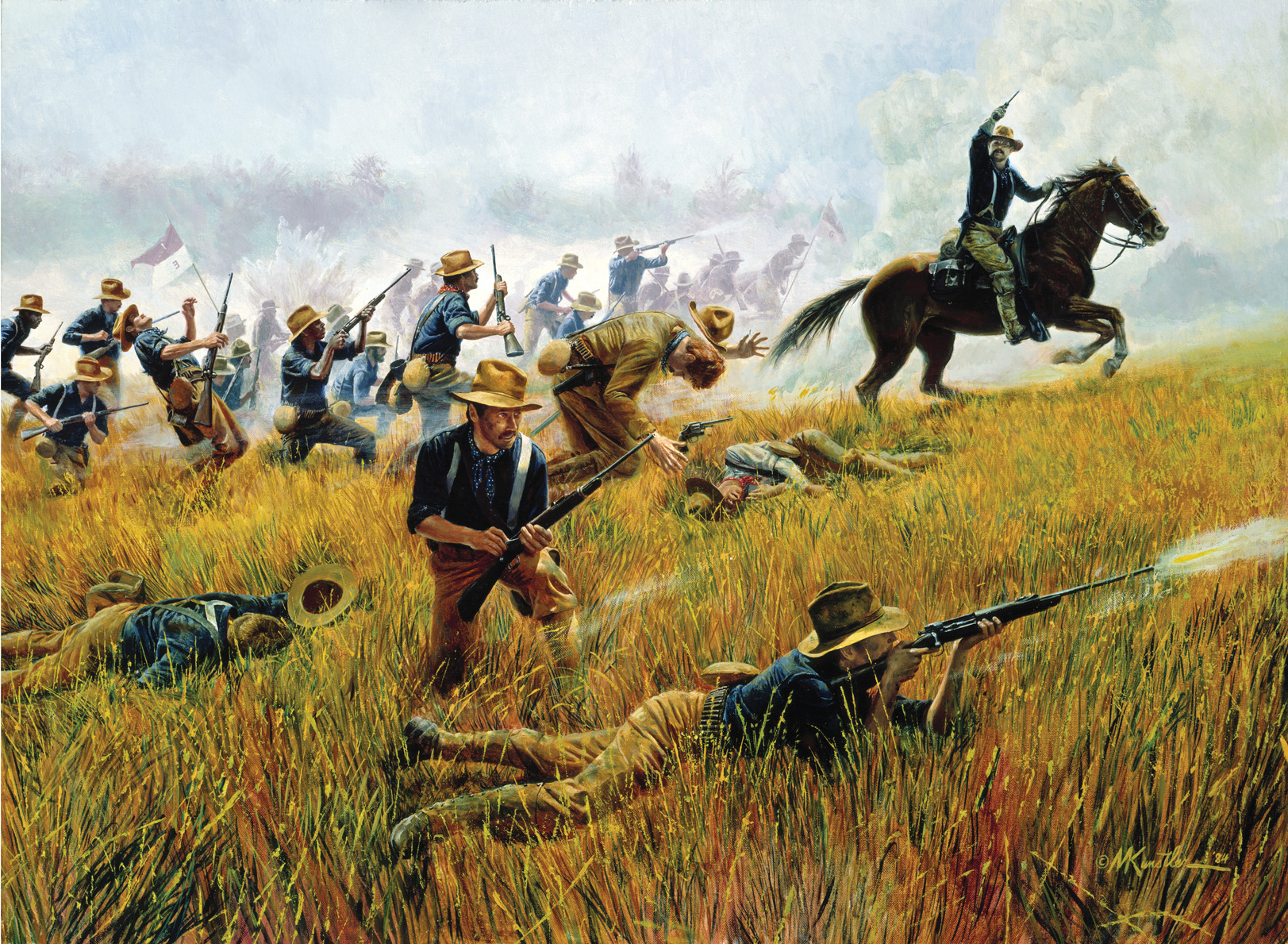
Join The Conversation
Comments
View All Comments